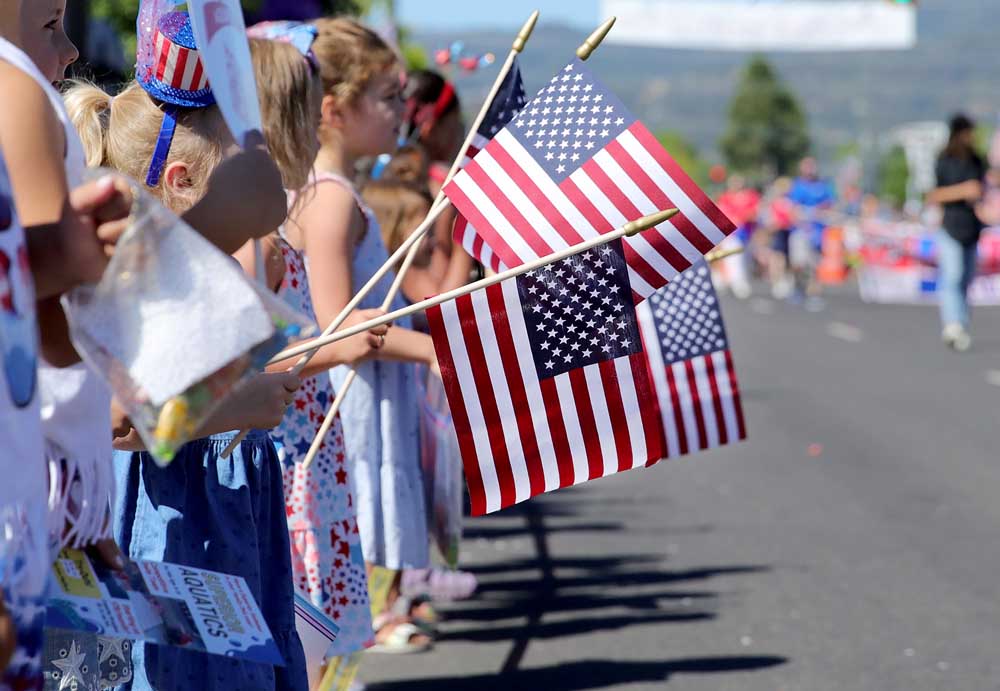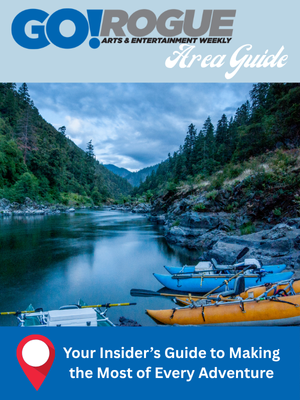OTHER VIEWS: Drivers should trust eyes, not smartphones
Published 7:13 am Monday, December 18, 2023

- other views logo
The emigrants who traveled the Oregon Trail lacked smartphones and GPS and every other modern navigation tool.
But they had what might best be called horse sense.
More than a century and a half later, travelers can plot their routes with a plethora of maps and websites and even, should they choose, photographs taken from orbiting satellites.
Yet they still get stuck in the snow. They drive past signs bearing such unequivocal messages as “Road Closed.”
They continue on roads where the snow deepens with each mile and there is no evidence that a snowplow has come this way.
They get into predicaments that their forebears, who had nothing more complicated than a magnetic compass, managed to avoid.
Drivers who get stranded on roads that aren’t maintained during winter put not only their own lives in peril, but also, potentially, those who come to their aid, many of them volunteers.
The problem, according to county sheriffs, search and rescue coordinators and others familiar with the topic, has been exacerbated over the past couple decades by the proliferation of GPS navigation.
More recently, the ubiquitous smartphone, with its complement of map-based apps, has contributed.
Although individual circumstances vary, the basic scenario is fairly predictable — a driver places undue trust in a phone or other device and follows its directions onto one of the many secondary routes that are not maintained for winter travel and are, in some cases, blocked by snow for more than half the year.
After the inevitable happens — the vehicle gets mired in the implacable snow — the driver either summons help or starts walking.
Fortunately, the same technological wave that has contributed to this problem also makes it easier, through satellite communications, for stranded people to alert rescuers.
But obviously it’s preferable to avoid such plights.
The Oregon Department of Transportation, which operates the tripcheck.com road condition website, has allowed county and Forest Service officials to designate on the website roads that are closed during winter.
Some navigation apps glean information from tripcheck.com, and ideally all of them will do so.
Various agencies, including the U.S. Forest Service, have installed warning signs on several roads where motorists have frequently gotten stuck.
These are all potentially valuable tools, creating a web of warnings that ought to snare most drivers before they get into trouble.
Yet the only truly foolproof tactic is that aforementioned horse sense.
Travelers, even if they fail to see, or to heed, warning signs, should recognize that if they’ve traveled any significant distance on a snow-covered road where there are no tire tracks and no other traffic, they are going the wrong way and should retreat immediately.
The safest routes during winter are state highways.
And even during a blizzard, it’s difficult to mistake a highway, where snowplows make relatively frequent appearances, for a backroad which no plow ever scrapes.
Trust your eyes, not your smartphone.










